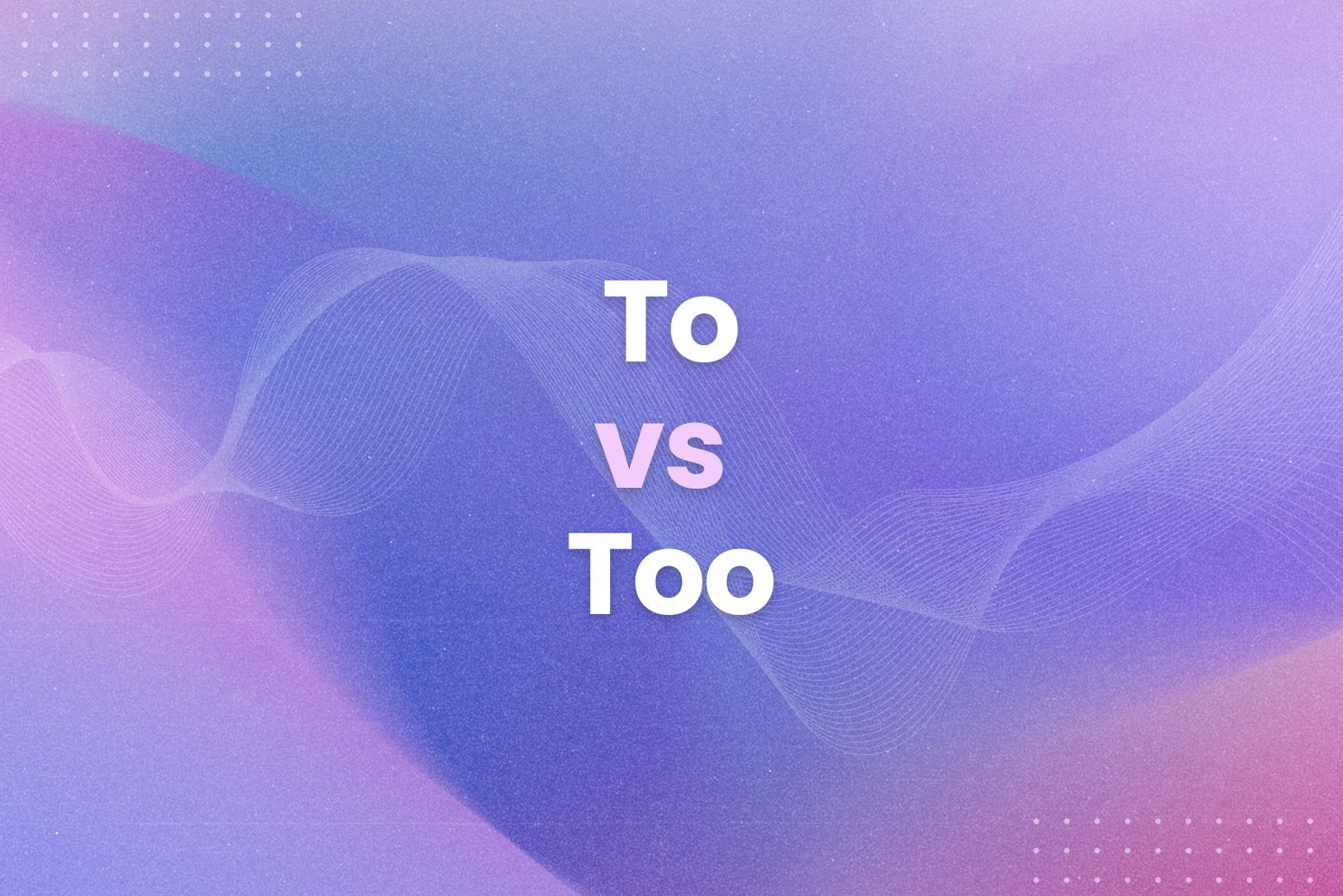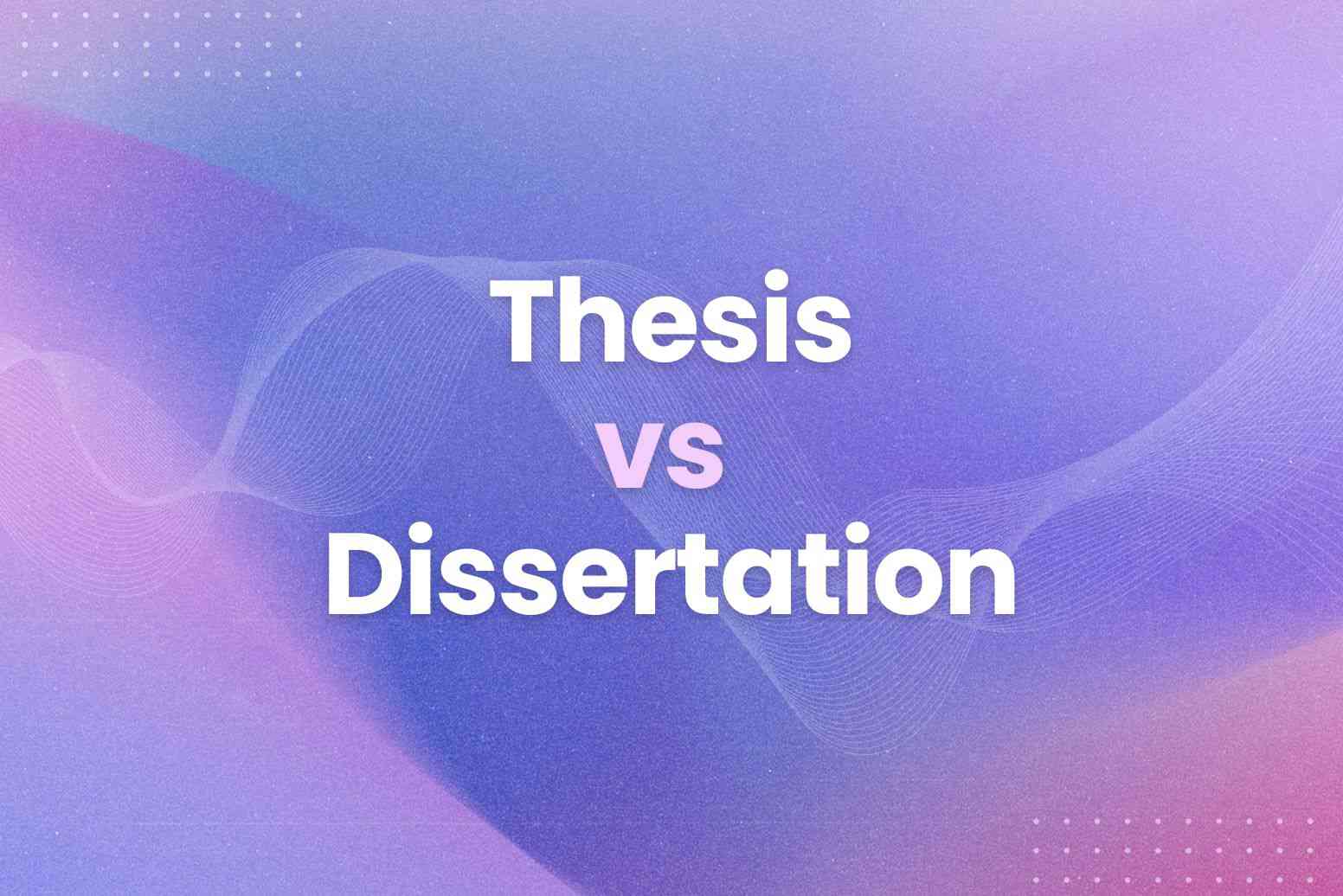To or too—two tiny words, massive grammar headaches. They sound the same, but their meanings are worlds apart. One wrong letter can change your sentence entirely. This isn’t just about picky grammar rules; it’s about clear, effective communication. Consequently, using the correct word builds credibility.
This guide clears up the confusion. In short, we’ll cover:
- The basic definitions of “to” and “too.”
- Easy tricks to tell them apart.
- Examples of correct usage in sentences.
The Basic Definitions of “to” and “too.”
Let’s break down these tricky twins. Firstly, we’ll look at “to.” “To” is a preposition. That is to say, it shows a relationship between words in a sentence. For instance, it can show direction, purpose, or connection. For example:
- I’m going to the store. (Direction)
- I went to buy milk. (Purpose)
- I gave the book to him. (Connection)
Secondly, we have “too.” “Too” is an adverb. In other words, it modifies verbs, adjectives, or other adverbs. It has two main meanings. Above all, it means “excessively” or “more than enough.” For example:
- The coffee is too hot.
- He talks too much.
In addition, “too” can mean “also” or “in addition.” For instance:
- I want to go too.
- She likes cats, and I do too.
To clarify, “to” connects parts of a sentence, while “too” adds extra information about something. Consequently, using them correctly is key for clear writing.
Easy Tricks to Tell Them Apart
Now that we know the basics, let’s look at some tricks. These will help you choose the right word every time. Firstly, consider the sentence’s meaning. If you can replace “too” with “also,” that is to say, it means “in addition,” then “too” is correct. For example:
- I want to go too. (I want to go also.)
Secondly, if you can replace “too” with “very,” meaning “excessively” or “more than enough,” then “too” is the word you need. For instance:
- The coffee is too hot. (The coffee is very hot.)
On the other hand, if neither of these replacements works, it’s likely “to.” In short, “to” is often used before verbs. For example:
- I need to study.
- I went to the library.
Moreover, remember that “to” often indicates movement or direction. For example:
- I’m going to the park.
In addition, Arvin, your AI writing assistant, can be a great help here. If you’re ever unsure, that is to say, if you are stuck between the two, simply type both options into Arvin.
Arvin will instantly highlight the correct choice and provide a short explanation. Consequently, this helps you learn and avoid similar mistakes in the future. This is especially useful for quick checks while writing. Therefore, you can maintain a smooth workflow.
Examples of Correct Usage in Sentences
Seeing words in action helps solidify their meaning. So, let’s look at some examples. Firstly, here are some examples using “to”:
- I went to the store to buy some milk. (Direction and purpose)
- She gave the letter to her brother. (Connection)
- It’s important to eat healthy foods. (Part of an infinitive verb)
Secondly, let’s see “too” in action:
- The music is too loud. (Excessively)
- I want to go to the party, too. (Also)
- He ate too many cookies. (More than enough)
Moreover, notice how replacing “too” with “very” works in some cases. For instance:
- The coffee is too hot. (The coffee is very hot.)
On the other hand, it doesn’t work with “to.” For example, you wouldn’t say “I went very the store.” That is to say, it doesn’t make sense.
How to Avoid Common Mistakes
Even with the rules and tricks, slip-ups can happen. So, let’s look at some common pitfalls and how to avoid them.
- Firstly, one frequent mistake is using “to” when you mean “too” (meaning “also”). For example, someone might write, “I want to go to,” instead of “I want to go too.” To clarify, if you mean “in addition,” use “too.”
- Secondly, another common error is using “too” when you need “to” (before a verb). For instance, someone might write, “I went too the store,” instead of “I went to the store.” In short, remember that “to” often precedes verbs. For example, “to eat,” “to sleep,” “to run.”
- Lastly, context is key. That is to say, reading your sentence aloud can sometimes help. For instance, you might catch an error when you hear it.
Nail Your Grammar Every Time with Arvin
Mastering to or too difference doesn’t have to be a struggle. We’ve covered the definitions, tricks, examples, and common mistakes. In short, with a little practice and the right tools, you can conquer these tricky words.
Here’s a quick recap on to or too:
- “To” is a preposition showing direction, purpose, or connection.
- “Too” is an adverb meaning “excessively” or “also.”
- Replace “too” with “very” or “also” to check if it’s correct.
- “To” often goes before verbs.
Now, imagine having a grammar expert available at all times. With Arvin, you do. Arvin acts as your personal grammar assistant. It checks your work in real-time and provides clear explanations. You learn from your mistakes and write with confidence. Therefore, no more second-guessing “to” or “too.” Arvin helps you nail your grammar every single time.
FAQs
When to use too or to?
Use “to” as a preposition (showing direction, purpose, or connection) or before a verb. For example: I went to the store to buy bread. Use “too” as an adverb meaning “excessively” or “also.” For example: It’s too hot, I want to come too.
Which is correct, you too or you to?
“You too” is correct. It means “you also.” For example: “Have a great day!” “You too!”
What is an example of too to?
“Too to” is generally incorrect. However, you might see it in informal writing or speech, but it’s best to avoid it in formal contexts. A correct way to phrase the intended meaning would often require rewording the sentence. For example, instead of “It’s too difficult to to understand,” you could say “It’s too difficult to understand” or “It’s so difficult that it’s hard to understand.”
Is it love you too or to?
“Love you too” is correct. It means “I love you also.” “Love you to” is grammatically incorrect.








